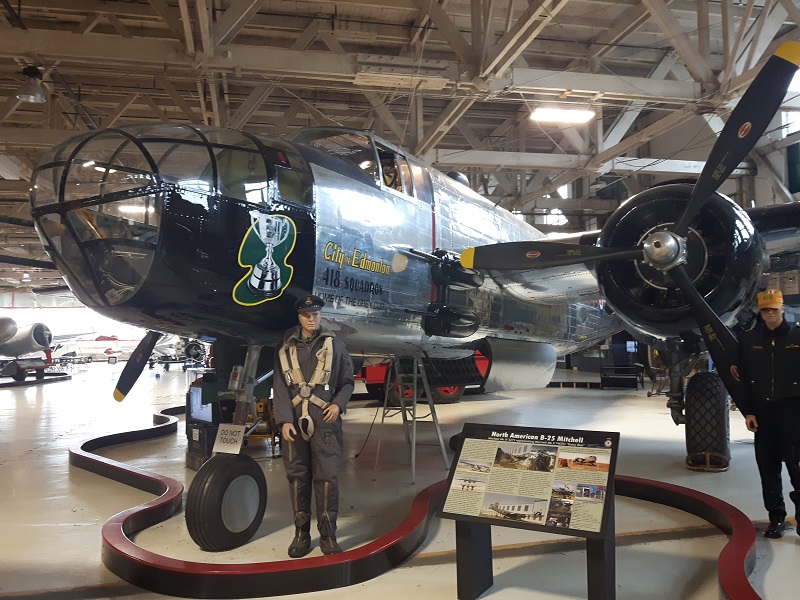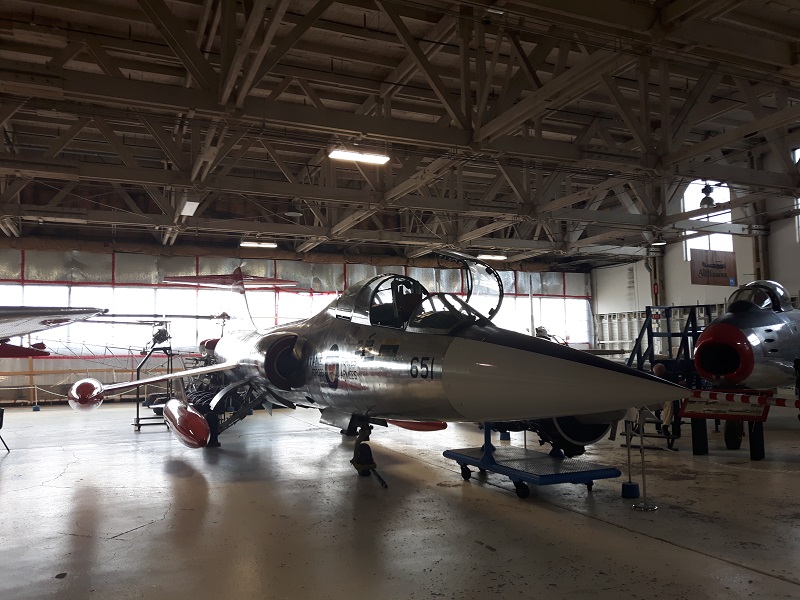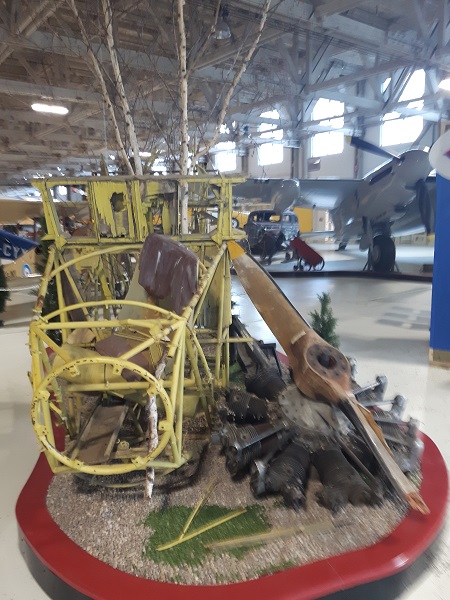The Alberta Aviation Museum was launched more than two decades ago by a group of aviation enthusiasts that petitioned Edmonton’s city council to let them take over a historic hanger at Blatchford Field.
Blatchford Field itself is quite the landmark. Named for former Edmonton Mayor Keith Alexander Blatchford (who served from 1924 – 1926), it was Canada’s first licensed airfield. City Council authorized the then princely sum of $35,000 in 1929 to create the airfield.
Legendary bush pilots Punch Dickens and Wop May called Blatchford Field home, and the airfield was instrumental in the region’s commercial aviation industry and in providing access to the remote Canadian North. In 1939, Blatchford Field served as the Royal Canadian Air Force’s flight training centre during World War II.
In 2013, Blatchford airfield was closed. Edmonton was expanding rapidly, pushing against the borders of the mid-city airport. The location was prohibitive to larger aircraft and to allowing tall structures to be built in the area. Airfield operations were consolidated with Edmonton International Airport and the field itself is being repurposed into a residential community.
However, the hanger remains and has become the Alberta Aviation Museum where 30 restored aircraft are housed, along with a research library and an Air Cadet museum. The hanger is the last surviving one of its kind in Canada, and its original wood beams are still visible despite a little upgrading and a few security measures put into the structure.
Your visit to the Alberta Aviation Museum starts with an interesting sight. The skeleton of a small bush aircraft has been reconstructed at the exhibitions’ entrance, along with scattered and aged debris. It tells the story of, and honours, the many bush pilots that risked and lost their lives opening up, and providing supplies in, the North.
You are quickly taken in with the next sight – the large wooden Vickers Viking IV that cruised a brisk 90 miles per hour in 1923. This 7/8 scale model is on loan from the Bomber Command Museum in Nanton.
One of the favourites on the floor is the B-52 Mitchell, the twin engine bomber made popular by its wartime versatility. For several years this bomber sat in the museum’s restoration bay as each detail was painstakingly and methodically recreated. Now it proudly sits on the showroom floor as a historic testament to the marvels of early aviation.

Photo Nerissa McNaughton
On the other end of the spectrum is the sleek Lockheed F-104 Starfighter, an ultrasonic interceptor aircraft with a needle nose.

Photo Nerissa McNaughton
Although it’s impossible to tire of the many historic aircraft on the showroom floor, leave time to visit the restoration bay where reconstruction on a Bell 206 helicopter is in progress. Also be sure to check out the different badges and uniforms in the Air Cadet museum before trying your luck in the flight simulator.
There are a few interactive exhibits too. You can climb a short set of stairs to peek inside the back of a bomber, sit inside the passenger compartment of an old commuter plane, and with guidance from a tour guide, sit in the cockpit of a Canadair Sabre.
Stepping outside to the outdoor displays brings you to an old executive jet from the 70s. Under the watch of a supervising tour guide, children can sit in the cockpit and play with the many buttons and dials, as their parents marvel at the leather seats (even the toilet seat is leather!) wood paneling and small drink bar setup. This classy jet was abandoned at the airport and eventually donated to the museum.
These are just a few of the fun things to on site. It’s fun the whole family can enjoy, rain or shine. Be prepared for high-flying inspiration as you look back on the past and present aircraft that helped shape Canada.
Alberta Aviation Museum:
Address: 11410 Kingsway NW, Edmonton
Phone: 780-451-1175
Website: www.albertaaviationmuseum.com





